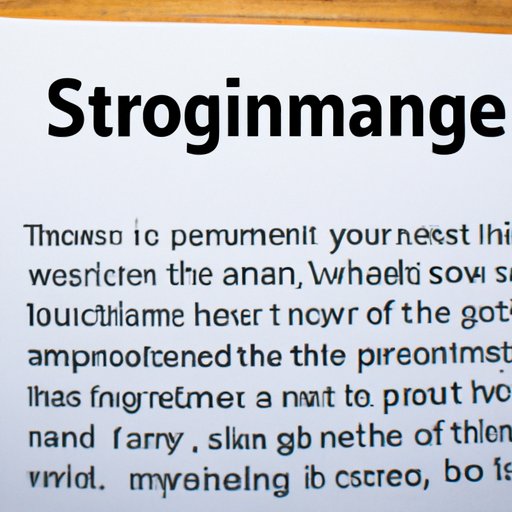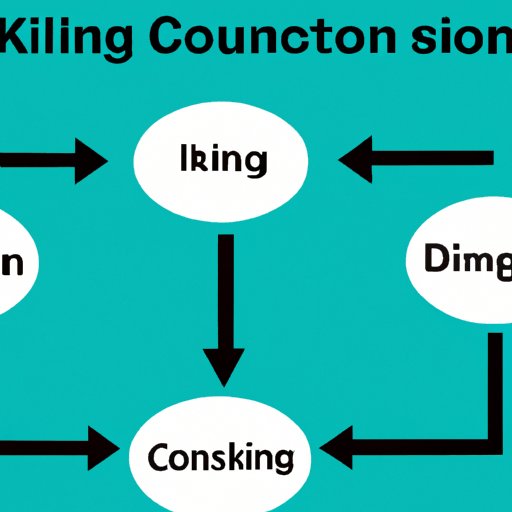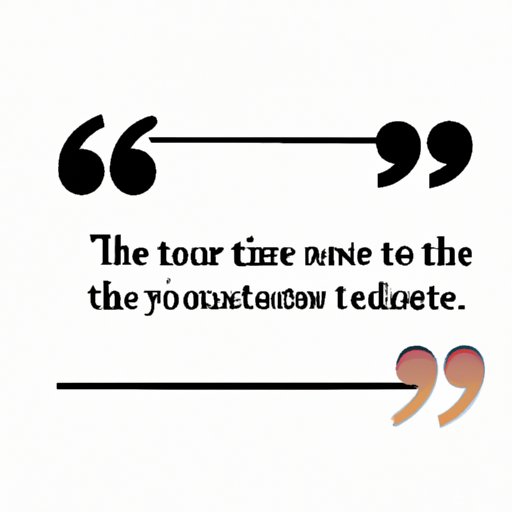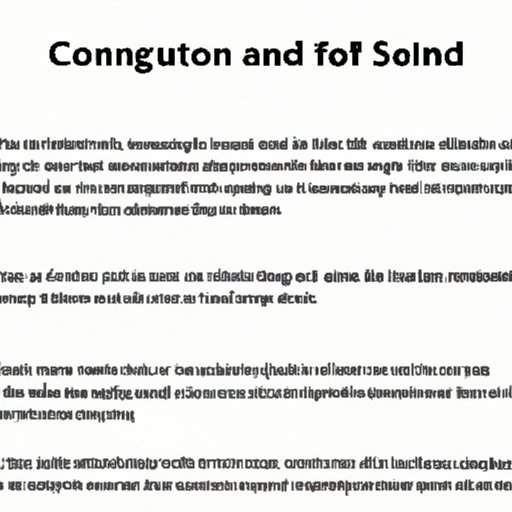Introduction
A concluding sentence is the last sentence of a paragraph or essay. It should summarize the main point of the argument and provide closure for the reader. Writing a good concluding sentence can be difficult, but it doesn’t have to be. With some practice, you can learn how to start a concluding sentence that effectively wraps up your ideas and leaves readers with a lasting impression.

Summarize the Main Points of Your Argument
The first step in writing a good concluding sentence is to summarize the main points of your argument. By doing this, you can give readers a brief overview of what you’ve discussed and why it matters. To do this effectively, identify the key arguments you made throughout your paper and then summarize them in one or two sentences.
Reinforce Your Thesis Statement
Another important part of a concluding sentence is to reinforce your thesis statement. This is especially true if your paper has multiple points and complex arguments. Restate your thesis statement in a way that ties all of your points together and reiterates the importance of your argument. This will help remind readers of what they should take away from your paper.
Offer a Final Thought
In addition to summarizing the main points of your argument and reinforcing your thesis statement, you can also use your concluding sentence to offer a final thought. This could be in the form of a bold statement or a reflection on the implications of your argument. This is a great way to leave readers with something to think about and spark further discussion.
Make a Call to Action
If appropriate, you can also use your concluding sentence to make a call to action. This could involve providing direction for further research or encouraging readers to get involved in a particular issue. This can be an effective way to motivate readers to take action and make a difference.
Leave the Reader with a Question
One of the best ways to end a paper is to leave readers with a question. This could be an open-ended question that encourages further inquiry or a rhetorical question that gets readers to think about the implications of your argument. This can be a powerful way to bring closure to your paper while still stimulating further thought.

Link Your Conclusion to the Introduction
Finally, you should make sure to link your conclusion back to your introduction. This helps to create a sense of closure and makes it clear that you have finished your argument. Try to find a way to tie back to the opening argument of your paper and provide readers with a sense of completion.

Use a Quote to Conclude
Using a quote to conclude your paper can be a great way to end on a memorable note. Select a quote that is relevant to your argument and explain its significance. This can be a great way to drive home your point and leave readers with something to think about.
Conclusion
Writing a strong concluding sentence can be challenging, but it doesn’t have to be. By summarizing the main points of your argument, reinforcing your thesis statement, offering a final thought, making a call to action, and linking your conclusion to the introduction, you can craft a powerful conclusion that leaves readers with a lasting impression. Additionally, using a quote can be a great way to end on a memorable note. With these tips in mind, you can write a strong concluding sentence for any paper.
(Note: Is this article not meeting your expectations? Do you have knowledge or insights to share? Unlock new opportunities and expand your reach by joining our authors team. Click Registration to join us and share your expertise with our readers.)
